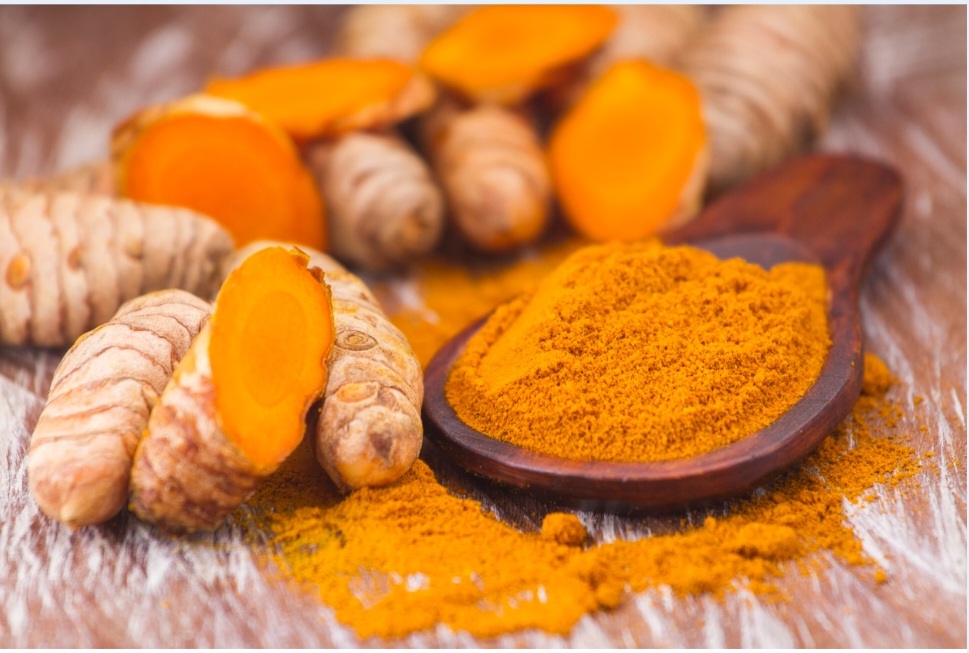
Turmeric “Curcuma longa” is also known as golden spice. It is a flowering plant in the ginger family Zingiberaceae. A perennial, rhizomatous, herbaceous plant native to the Indian subcontinent and Southeast Asia. India is the world’s leading producer and exporter of turmeric, contributing 80% of the world’s production. It is used for centuries in cooking, traditional medicines and religious ceremonies.
Tumeric, a tropical plant with vibrant yellow roots giving reasons why the plant is cultivated each year, that is for its rhizomes, some for propagation in the following season and some for consumption.
The rhizomes are used fresh or boiled in water and dried, after which they are ground into a deep orange-yellow powder commonly used as a colouring and flavoring agent in many Asian cuisines, especially for curries, as well as for the dyeing characteristics imparted by the principal turmeric constituent, curcumin. The curcumin is also known as diferuloylmethane (C21H20O6), is a hydrophobic polyphenolic phytocompound present in the rhizomes of the turmeric plant. It is a bright yellow chemical produced by the turmeric plant. It is approved as a food additive by the World Health Organization, European Parliament, and United States Food and Drug Administration.
DESCRIPTION
Turmeric is a perennial herbaceous plant that reaches up to 1 m (3 ft 3 in) tall. It has highly branched, yellow to orange, cylindrical, aromatic rhizomes.
a. THE LEAVES: The leaves are alternate and arranged in two rows. They are divided into leaf sheath, petiole, and leaf blade. From the leaf sheaths, a false stem is formed. The petiole is 50 to 115 cm (20–45 in) long. The simple leaf blades are usually 76 to 115 cm (30–45 in) long and rarely up to 230 cm (7 ft 7 in). They have a width of 38 to 45 cm (15 to 17+1⁄2 in) and are oblong to elliptical, narrowing at the tip.
b. INFLORESCENCE: At the top of the inflorescence, stem bracts are present on which no flowers occur, these are white to green and sometimes tinged reddish-purple, and the upper ends are tapered.
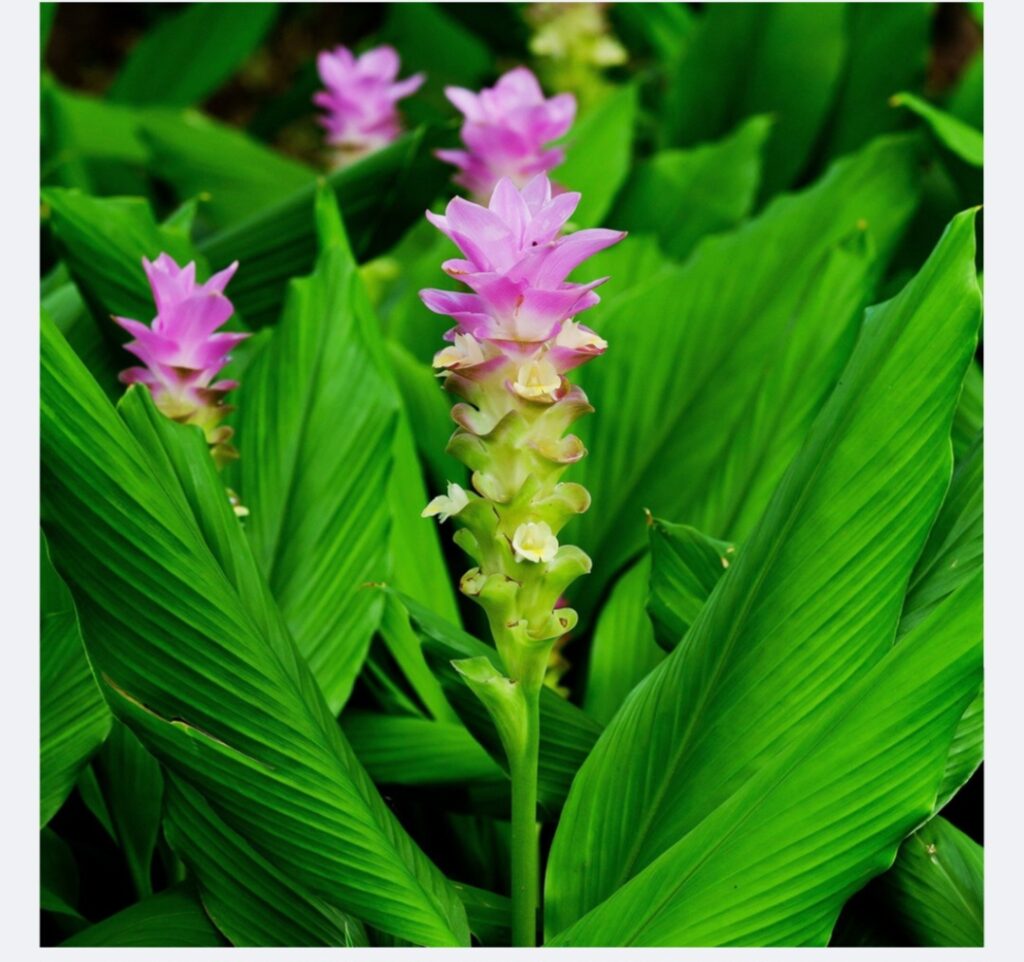
c. THE FLOWER AND FRUITS: The hermaphrodite flowers are zygomorphic and threefold. The three sepals are 0.8 to 1.2 cm (3⁄8 to 1⁄2 inch) long, fused, and white, and have fluffy hairs; the three calyx teeth are unequal. The three bright-yellow petals are fused into a corolla tube up to 3 cm (1+1⁄4 inch) long. The three corolla lobes have a length of 1.0 to 1.5 cm (3⁄8–5⁄8 inches) and are triangular with soft-spiny upper ends. While the average corolla lobe is larger than the two lateral, only the median stamen of the inner circle is fertile. The dust bag is spurred at its base. All other stamens are converted to staminodes. The outer staminodes are shorter than the labellum. The labellum is yellowish, with a yellow ribbon in its center and it is obovate, with a length from 1.2 to 2.0 cm (1⁄2 to 3⁄4 inch). Three carpels are under a constant, trilobed ovary adherent, which is sparsely hairy. The fruit capsule opens with three compartments.
In East Asia, the flowering time is usually in August. Terminally on the false stem is an inflorescence stem, 12 to 20 cm (4+1⁄2 to 8 inch) long, containing many flowers. The bracts are light green and ovate to oblong with a blunt upper end with a length of 3 to 5 cm (1 to 2 in).
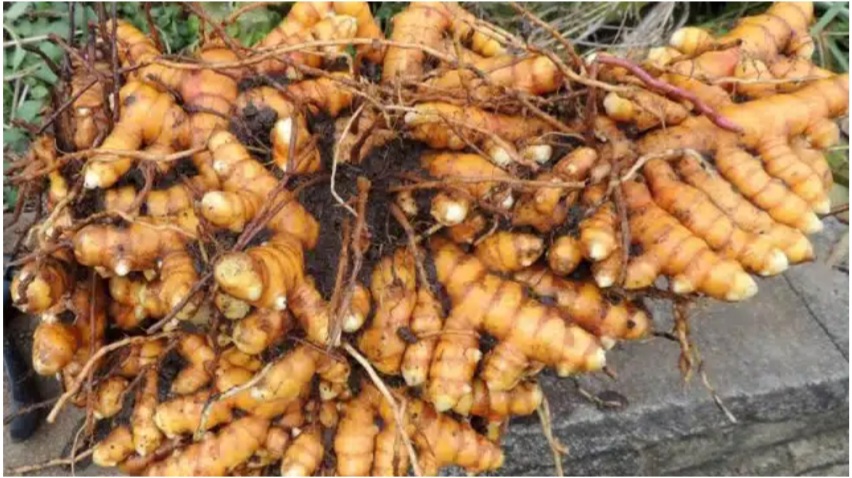
BENEFITS OF TUMERIC
1. Turmeric is one of the key ingredients in many Asian dishes, imparting a mustard-like, earthy aroma and pungent, slightly bitter flavor to foods.
2. It is used mostly in savory dishes, but also is used in some sweet dishes, such as the cake sfouf.
3. It contains essential nutrients in curries and teas.
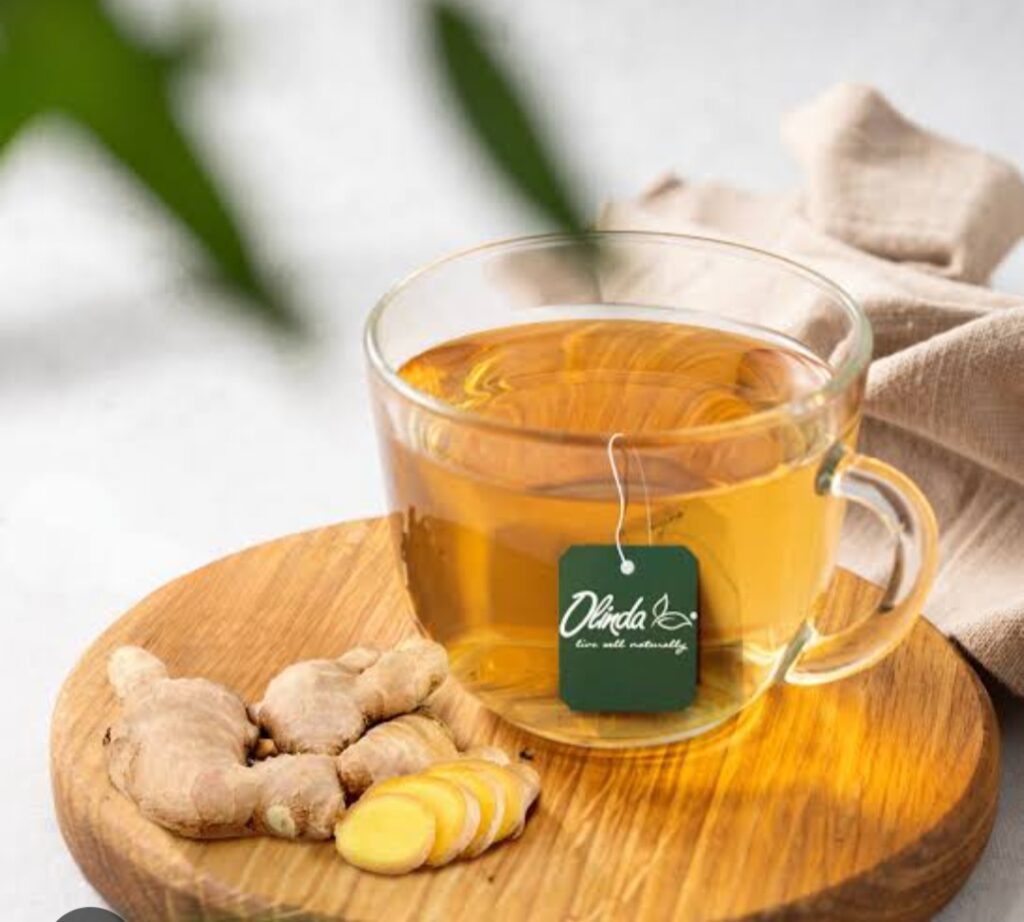
4 In India, turmeric leaf is used to prepare special sweet dishes, patoleo, by layering rice flour and coconut-jaggery mixture on the leaf, then closing and steaming it in a special utensil (chondrõ).
5. It has numerous health benefits due to its anti- inflammatory and antioxidant properties.
6. Most turmeric is used in the form of rhizome powder to impart a golden yellow colour.
7. It is used in many products such as canned beverages, baked products, dairy products, ice cream, yogurt, yellow cakes, orange juice, biscuits, popcorn, cereals and sauces.
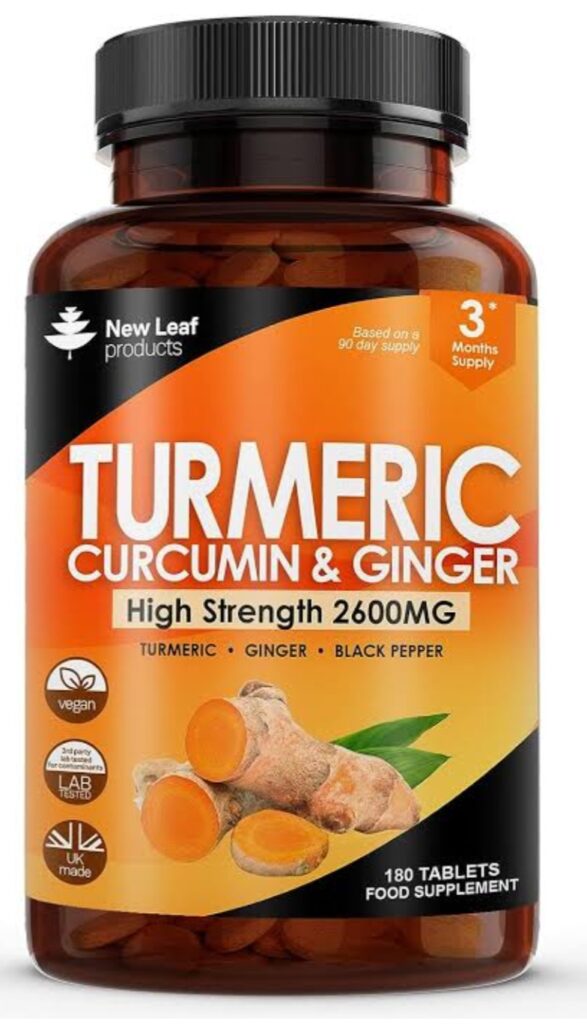
8. It is a principal ingredient in curry powders.
9. Although typically used in its dried, powdered form, turmeric also is used fresh, like ginger.
10. In South Africa, turmeric is used to give boiled white rice a golden colour, known as geelrys (yellow rice) traditionally served with bobotie.
11. In Vietnamese cuisine, turmeric powder is used to colour and enhance the flavors of certain dishes, such as bánh xèo, bánh khọt, and mì Quảng. 13. The staple Cambodian curry paste, kroeung, used in many dishes, including fish amok, typically contains fresh turmeric.
12. In Indonesia, turmeric leaves are used for Minang or Padang curry base of Sumatra, such as rendang, sate padang, and many other varieties.
13. In the Philippines, turmeric is used in the preparation and cooking of kuning, satti, and some variants of adobo.
14. Turmeric is used in a hot drink called “turmeric latte” or “golden milk” that is made with milk, especially coconut milk. The turmeric milk drink known as haldī dūdh (haldī [हलदी] means turmeric in Hindi) is a traditional Indian recipe. Sold in the US and UK, the “golden milk” uses nondairy milk and sweetener, and sometimes black pepper after the traditional recipe (which may also use ghee).
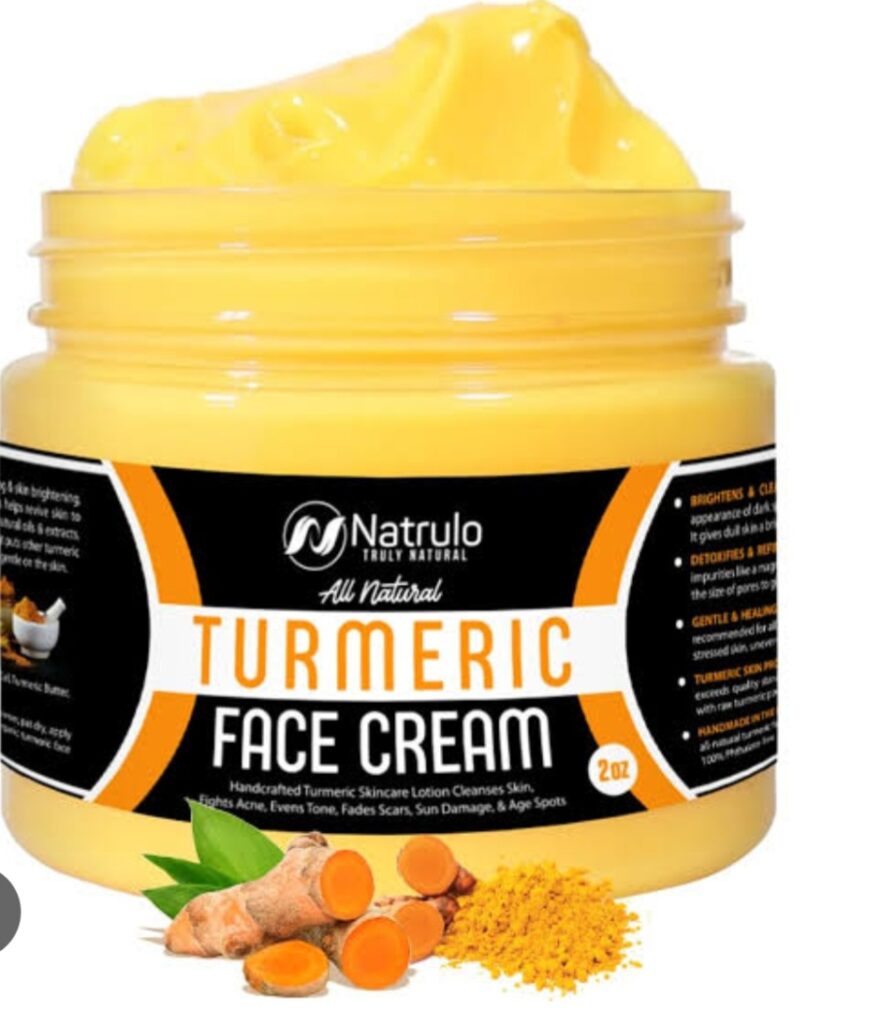
15. Turmeric is approved for use as a food colour, assigned the code E100. The oleoresin is used for oil-containing products.
In combination with annatto (E160b), turmeric has been used to colour numerous food products. Turmeric is used to give a yellow colour to some prepared mustards, canned chicken broths, and other foods—often as a much cheaper replacement for saffron
16. Tumeric has being long used in Ayurvedic medicine, there is no high-quality clinical evidence that consuming turmeric or curcumin is effective for treating any disease
17. The rhizome can be harvested, dried, and ground into the turmeric powder used in cooking. Turmeric powder has a warm, bitter, black pepper-like flavor and earthy, mustard-like aroma.
18. Turmeric’s active compound, curcumin, has potent anti-inflammatory and antioxidant properties, which may help carry out the following health challenges:
i. Reduce joint pain and inflammation
ii. Improve cognitive function and memory
iii. Support immune system function
iv. Aid in digestion and reduce symptoms of bloating and gas
v. Lower cholesterol levels and improve heart health
vi. Help in preventing certain types of cancer
Apart from benefits of tumeric to human health, Turmeric is also an important part of livestock feed. Some of its benefits in livestock feed include:
19. Improve livestock health: Turmeric has antifungal, immunomodulatory, antioxidative, and antimutagenic effects in livestock.
20. Better feed intake: Adding turmeric powder to the diet of broiler fowls can improve feed intake.
21. Weight gain: Turmeric can help broiler fowls gain weight. The curcumin in the tumeric is discovered to reduce absolute and abdominal fat weights by regulating lipid metabolism in broiler fowls.
22. Improved feed conversion ratio: Turmeric can improve the feed conversion ratio of broiler fowls.
23. Reduced fat: Well fed broilers are known to accumulate fat in their body. To reduce this fat, turmeric can be mixed with the broiler diet to reduce the absolute and abdominal fat weights of the fowl.
24. Boost immune system: Turmeric mixed with cattle feed helps boost the immune system of cattle.
25. Maintained calcium phosphorus ratio: Cattle fed with curcumin maintain a high calcium phosphorus ratio.
26. In intensive farming system, livestocks are usually faced with oxidative stress and inflammation etc. These conditions do affect the well-being and performance of these animals. Therefore, to overcome this problems, the livestock feeds can be reinforced with turmeric derivatives for a better welbeing. wellbeing.
27. Some of the properties of turmeric is its anti-inflammatory and immunomodulatory properties. Consuming tumeric can help boost the immune system of poultry and reduce the need for antibiotics
28. Apart from the curcumin, turmeric is also rich in phytonutrients that may protect the body by neutralizing free radicals (pollution, sunlight) and shielding the cells from damage.
29. Curcumin also possesses nutritional and insecticide properties improving poultry and livestock animal’s production performances and broad-spectrum activity against insects that damage agricultural crops and can transfer diseases to human.
TUMERIC FARMING
Tumeric is a lucrative crop for farmers. It requires the right techniques of cultivation to make it a profitable farming business.
Turmeric farming involves growing the spice in tropical conditions that are warm and humid. Here are the growing requirements of turmeric:
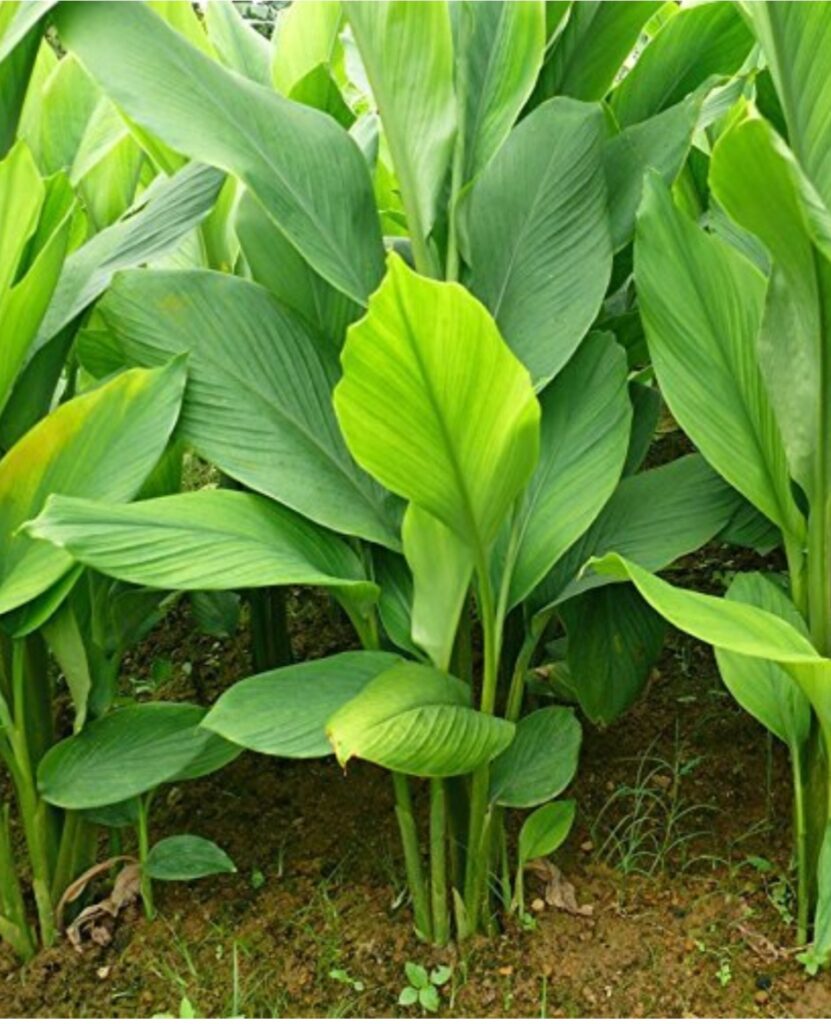
CLIMATIC REQUIREMENT:
Turmeric can grow in a variety of tropical conditions, but it prefers a temperature range of 20–30°C (68 and 86 °F) and high annual rainfall of at least 1,500 mm per year to thrive. If temperatures exceed 32°C (90°F), the plant can become heat stressed. Therefore, afternoon shade should be provided and watering should be increased. It can also be grown in dry areas with irrigation.
LAND SELECTION AND PREPARATION: This is the first step in tumeric production. The land should be an area located where there is full sunlight and have access to irrigation facilities. The land should be prepared by ploughing first, followed by harrowing to create a fine levelled surface. It should be free of weeds, debris and rocks.
SOIL: Turmeric can grow in many types of soil, but it does best in well-drained loose soil rich in organic matter such as sandy or clay loam soils with a pH of 5.5–7.8.
Clay soil mixed with aged compost can also be used. This will help improve drainage and root development. Poorly drained, rocky, or clay soils are not ideal.
SEED SELECTION AND TREATMENT: Good quality healthy seeds should be selected for planting. The seeds should also be diseased free with high germination rate. An Healthy Rhizomes should be plump, firm turmeric roots without signs of shriveling or mold.
Before planting, the seeds should be treated with fungicides to prevent the on- set of soil borne diseases.
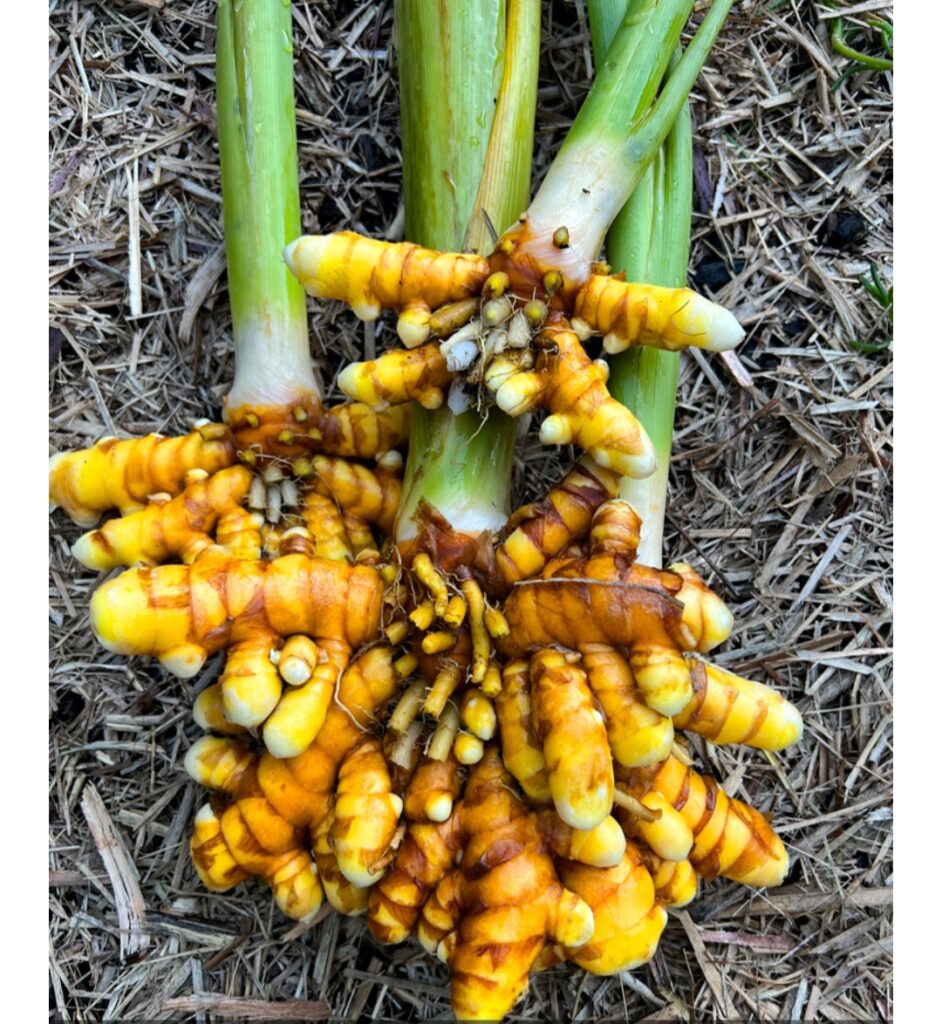
PLANTING: Tumeric is usually planted during rainy season, preferably between May and June. It is planted from rhizomes, which are root cuttings. These seeds are planted in furrows or ridges or beds that are 15 cm high and 1 m wide. Space the beds 50 cm apart. The seeds are spaced at about 45- 60cm apart. And planted at a depth of 5-7 cm and covered with soil.
IRRIGATION: Tumeric requires regular intervals of watering to grow well. Water the turmeric crop 3–4 times, depending on the soil moisture and local weather conditions.
FERTILIZER REQUIREMENT: Fertilizers should be applied at regular intervals to ensure the crop receives the necessary nutrients required for growth. The soil can be dug to a depth of 35–40 cm and broadcasting 16 tons of farmyard manure or compost per acre. Organic fertilizers like compost tea, worm castings, or organic liquid fertilizer can be used.
HARVESTING: Harvesting tumeric requires proper care.
Harvest the turmeric when the leaves turn light brown or yellow at between 7-9 months of planting. Avoid pulling the plant from the top to prevent breaking off the “hands” or “thumbs” on the rhizomes. The crop is dug out of the soil manually or with a tractor. Manual harvesting involves using a spade or handfork. The rhizomes are then separated from the plant, cleaned by washing and dried in the sun for 7-10 days.
STORAGE: After harvesting, fresh turmeric rhizomes can be stored in the refrigerator for a few weeks.
There two major storage techniques for tumeric:
1. The fresh Storage
2. The dry and grind storage
1. FRESH STORAGE:
Fresh Storage involves cleaning the rhizomes after harvest to remove the dirts and trimming any long roots. Store them in an airtight container in the refrigerator.
2. DRYING AND GRINDING:
The dry and grind storage involves cutting the turmeric roots into small pieces and dehydrate them until they snap easily when broken. Grind the dried pieces into a powder using a spice grinder, food processor, or blender and store the powder.
On general bases, after drying the rhizomes, store the dried rhizomes in a cool and dry place to prevent spoilage. The rhizomes can be stored for 6 months before they start losing their quality.
PEST AND DISEASE CONTROL
To protect the crop from fungal diseases, treat the rhizomes with a solution of fungicides in water. To protect from pests, treat the rhizomes with insecticides.
Some of the diseases include:
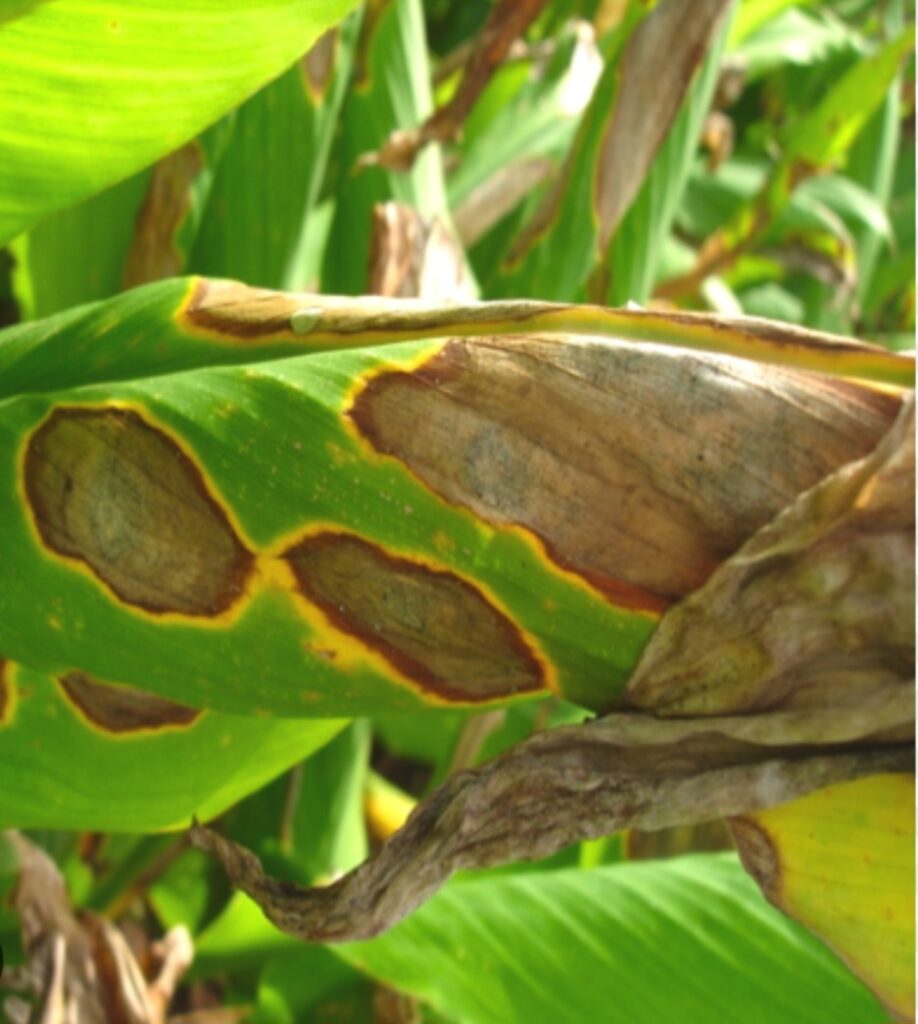
1. TURMERIC LEAF BLIGHT. Turmeric Leaf Blight is caused by the fungus Curvularia lunata, this disease manifests as brown or black spots on leaves, along with yellowing.
CONTROL: This can be controlled by ensure good air circulation and avoid overhead watering over the plant.
2. RHIZOME ROT: This is caused by overwatering of the plant.
CONTROL: Maintain consistent moisture but avoid overwatering.
PESTS OF TUMERIC
While turmeric is a relatively hardy crop, it can be susceptible to certain pests. Some of these include:
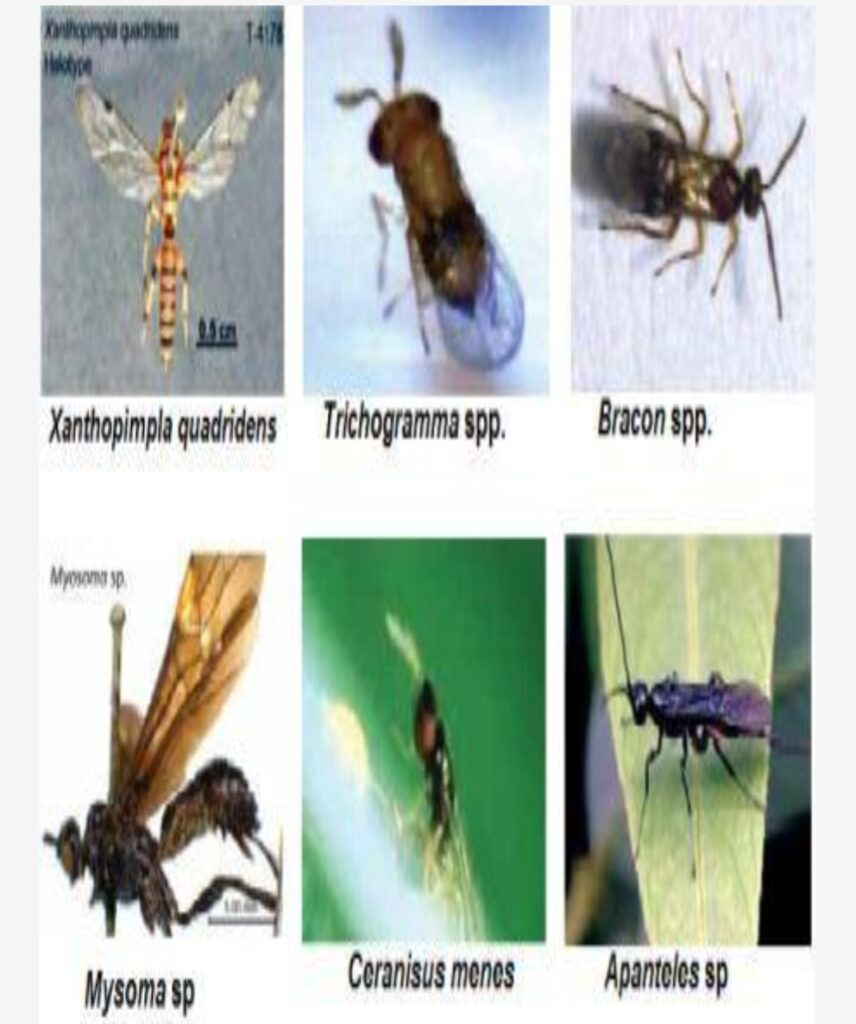
1. RHIZOME-DAMAGING PESTS: Such pests include;
Nematodes, Lesion worms and stem borers
To prevent these pests, use fresh, high-quality potting soil and practice crop rotation to prevent nematodes, lesion worms, and shoot borers.
2. APHIDS AND SPIDER MITES: These can be avoided by maintaining proper watering and ensuring adequate nutrient levels. Use insecticidal soap, neem oil, or a strong hose spray.
